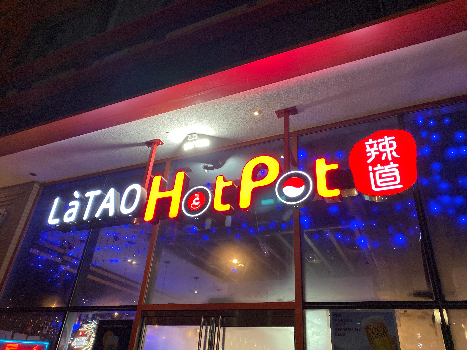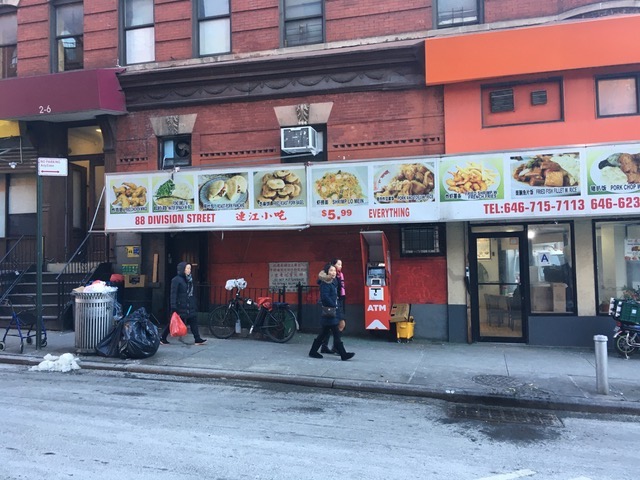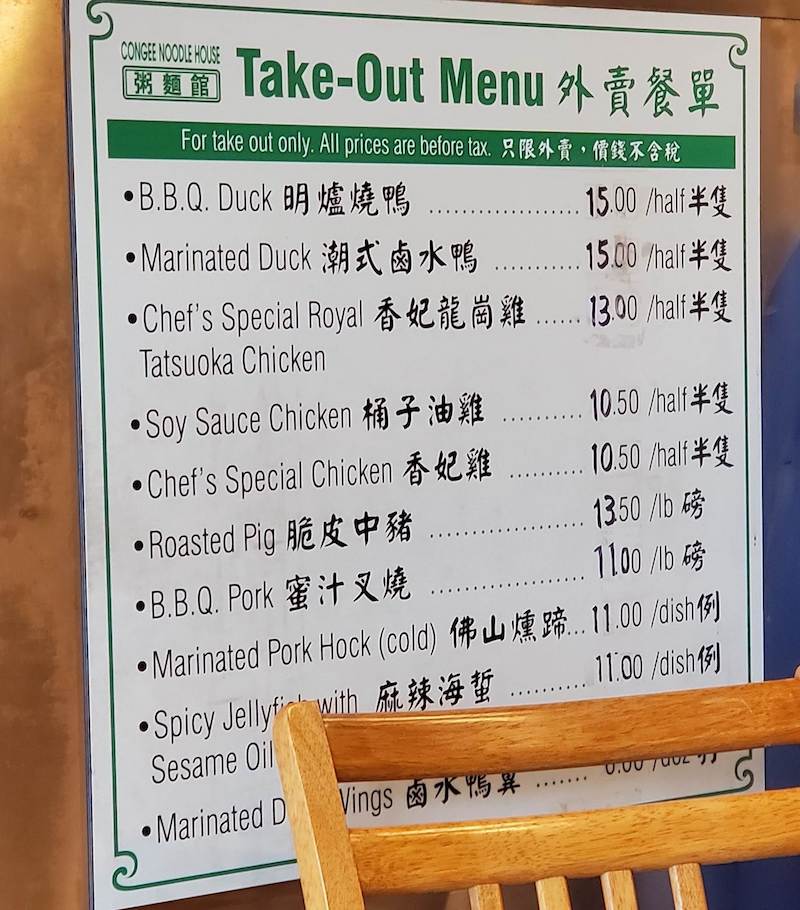Archive for Language and food
March 27, 2020 @ 4:17 pm· Filed by Victor Mair under Borrowing, Language and culture, Language and food
From Jacob Reed:
Inspired by Miss Gao's 小高姐’s latest video, I've been trying to track down how 酥 sū acquired its present, seemingly contradictory connotations of "crispy" and "soft / relaxed". Paul Kroll's Classical / Medieval dictionary lists that it originally comes from the Persian for kaymak / clotted cream. 汉语大词典* indicates that this meaning is first attested during the Tang period. Neither provide any indication of how we got from kaymak / clotted cream to "crispy" (the use of butterfat in pastry?).
In any case, I'm now curious if there's a more general trend of Sinitic dairy terms (like horse-related terms) coming from Central Asia, which would only make sense.
[VHM: *Hànyǔ dà cídiǎn 漢語大詞典 (Unabridged dictionary of Sinitic)]
Read the rest of this entry »
Permalink
March 21, 2020 @ 3:31 pm· Filed by Victor Mair under Borrowing, Language and food, Transcription, Writing systems
By chance, I came across this interesting Uyghur word for "onion" that derives from Persian:
Uyghur پىياز (piyaz), from Persian پیاز
(source)
It's piyoz (пиёз) in Uzbek also, which is closely related to Uyghur.
Read the rest of this entry »
Permalink
January 24, 2020 @ 2:24 pm· Filed by Victor Mair under Alphabets, Language and food, Writing systems
Jules Quartly (appropriate surname!) has an informative article on this subject in Taiwan Business TOPICS, "The True Story of Q" (1/21/20) — a takeoff from the most famous Chinese short story of the 20th century, "The True Story of Ah Q" (Ā Q Zhèngzhuàn 阿Q正傳 / 阿Q正传; serialized 12/4/21-2/12/22, published 1923). Toward the end of his article, Quartly quotes extensively from this post of mine: "Is Q a Chinese Character?" (4/15/10). In the rest of the article, however, he offers a panoply of his own and others' insights about just what "Q" signifies as a mouthfeel in Taiwan.
Here follow some delicious, selected passages from Quartly's article:
Read the rest of this entry »
Permalink
December 31, 2019 @ 7:31 pm· Filed by Victor Mair under Classification, Language and biology, Language and food
Two articles in Chinese (here and here) recently brought news of an indigenous type of tea and referred to it as a rare type of salmon. Trying to figure that out led to two linguistic puzzles:
1. Making sense of the unusual name for the salmon: yīnghuā gōu wěn guī 櫻花鉤吻鮭 (lit., "cherry-hook-kiss / mouth-salmon"; i.e., the Formosan landlocked salmon).
2. Understanding how, even metaphorically, a kind of tea would be referred to as a type of salmon.
Read the rest of this entry »
Permalink
December 24, 2019 @ 5:41 pm· Filed by Victor Mair under Language and food, Phonetics and phonology, Romanization, Signs, Tones
I've eaten in this hot pot (huǒguō / WG huo3-kuo1 / IPA [xwò.kwó] 火锅 / 火鍋) restaurant at 3717 Chestnut St. on a number of occasions, and each time I go, I am struck by the creative sign out front:

Read the rest of this entry »
Permalink
December 22, 2019 @ 5:19 pm· Filed by Victor Mair under Language and food, Signs, Translation
Emery Snyder spotted this sign in New York City's Chinatown:


Read the rest of this entry »
Permalink
December 18, 2019 @ 12:20 pm· Filed by Victor Mair under Language and food, Lost in translation
Bruce Rusk sent in this photograph taken at his local (Vancouver) Hong Kong-style congee joint: the English translation of the third item on the menu reads the Sinographs 龍崗 (lit., "dragon hillock / mound / [lookout] post / sentinel / sentry") as a Japanese toponym or family name, when they should be read in Cantonese (as the name of a neighborhood in Shenzhen, he believes).

Read the rest of this entry »
Permalink
December 16, 2019 @ 6:19 pm· Filed by Victor Mair under Language and food, Lost in translation, Philology
Fuchsia Dunlop has a real talent for finding these things (cf. "Explosion Cheese Durian Pie" [9/23/19]):
Read the rest of this entry »
Permalink
November 18, 2019 @ 11:39 pm· Filed by Victor Mair under Bilingualism, Diglossia and digraphia, Language and food, Writing, Writing systems
From Jeff DeMarco:

Read the rest of this entry »
Permalink
October 21, 2019 @ 2:54 pm· Filed by Victor Mair under Bilingualism, Language and food, Puns
Carl Johnson sent in this nice bilingual pun:

Read the rest of this entry »
Permalink
October 18, 2019 @ 6:28 pm· Filed by Victor Mair under Language and advertising, Language and food, Translation
Last month we had "Explosion Cheese Durian Pie" (9/23/19). Now we have durian pizza, courtesy of Jeffrey L. Schwartz, who posted this photo of an advertisement for Mi Tea on Bell Blvd. in Bayside, Queens… Wash your durian pizza down with some salted cheese tea!

Read the rest of this entry »
Permalink
October 6, 2019 @ 2:33 pm· Filed by Victor Mair under Borrowing, Etymology, Language and culture, Language and food, Language and technology
Every week I bring floral arrangements to the main office of the UPenn Department of East Asian Languages and Civilizations. This week, one of the vases will have two spikes of beautiful ornamental millet ("foxtail" is certainly an appropriate descriptor).
Millet has special significance for East Asia, since — along with rice — it is one of the earliest domesticated grains from that part of the world, dating back nearly 9,000 years ago. Moreover, East Asian varieties of millet had spread to the area around the Black Sea by about 7,000 years ago, affording evidence of very early trans-Eurasian cultural exchange (wheat came in the opposite direction, from west to east, around the third millennium BC). Before the introduction of wheat, millet was the original staple grain of North China. No wonder that the mythical culture hero Hou Ji 后稷 ("Lord Millet"), the god of cereals or minister of agriculture, had that name.
Read the rest of this entry »
Permalink
September 23, 2019 @ 12:15 am· Filed by Victor Mair under Language and food, Lost in translation
From Fuchsia Dunlop’s Facebook page (taken in Xi'an):
Read the rest of this entry »
Permalink






